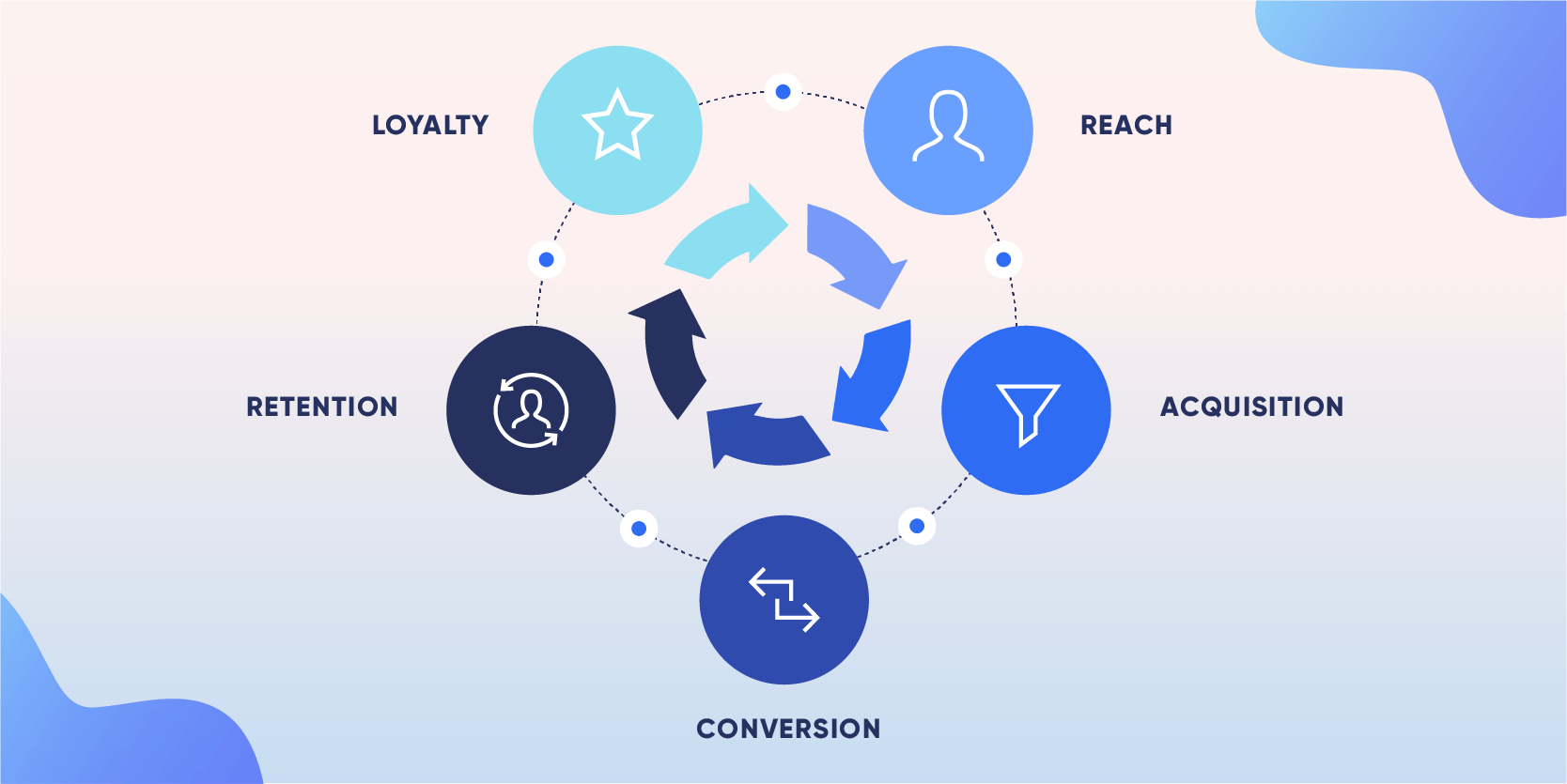Uncovering Secrets: Hookup Detectives
Explore the world of modern relationships and dating with insights from our hookup detectives.
From Newbie to MVP: Transforming the Player Lifecycle Marketing Journey
Unlock the secrets to mastering player lifecycle marketing and transform your gaming strategy from novice to MVP in no time!
Understanding Player Lifecycle Marketing: Key Strategies for Every Stage
Understanding Player Lifecycle Marketing is essential for game developers and marketers looking to maximize player engagement and retention. The player lifecycle is a journey that each gamer undergoes, from the moment they discover your game to their long-term loyalty as a dedicated user. By breaking this journey into key stages—Acquisition, Engagement, Retention, and Monetization—you can tailor your strategies to meet players' needs at every point. For example, during the Acquisition stage, leveraging targeted advertising and social media can help attract new players, while offering incentives like in-game rewards during the Engagement stage can enhance their experience and foster a deeper connection to your game.
Effective Player Lifecycle Marketing requires continual analysis and adaptation of your strategies. At the Retention stage, utilizing data analytics to understand player behaviors and preferences is critical. This can inform personalized messaging, push notifications, and content updates that keep players coming back for more. Finally, in the Monetization phase, consider implementing diverse monetization strategies such as in-app purchases, subscription models, or ad-based revenue to cater to varying player preferences. By focusing on these stages and utilizing well-rounded marketing tactics, you can create a sustainable growth model for your game and enhance overall player satisfaction.

Counter-Strike is a highly popular tactical first-person shooter game that brings players together in intense team-based action. Players can engage in various game modes, including bomb defusal and hostage rescue, showcasing their skills in strategy and quick reflexes. For those looking to enhance their gaming experience, using a betpanda promo code can provide exciting opportunities.
From Newbie to MVP: Best Practices in Player Engagement and Retention
Engaging players from the moment they join your game is crucial for their retention. Best practices for player engagement begin with a seamless onboarding experience. An effective onboarding process should ideally introduce new players to the game mechanics, provide clear objectives, and offer rewards that motivate them to continue playing. Consider using tutorials or guided missions that not only familiarize players with the game but also encourage them to explore further. Additionally, incorporating an achievement system can significantly enhance player motivation, as it gives them tangible goals to strive for while making their journey enjoyable.
After establishing a solid onboarding process, maintaining player interest is key to reducing churn rates. One effective method is to create a dynamic and evolving game environment through regular content updates. This can include new levels, challenges, or seasonal events that keep the game fresh. Furthermore, fostering a sense of community among players can enhance their overall experience. Utilizing social features such as in-game chats, forums, or leaderboards can encourage players to interact, share tips, and even collaborate, making them feel more invested in the game. Remember, every interaction counts; even small personalized messages can reinforce the relationship between players and your game.
What Are the Essential Steps to Transform Your Marketing Strategy for Players?
Transforming your marketing strategy for players requires a multi-faceted approach tailored to the unique needs and interests of your audience. Start by conducting thorough market research to understand their preferences, behaviors, and trends within the gaming community. Analyze data from social media, forums, and analytics tools to identify what resonates most with your target demographic. Utilize this information to create buyer personas that guide your content strategy, ensuring that every piece you produce is relevant and engaging.
Once you have a clear understanding of your audience, focus on developing compelling content that speaks directly to their passions. This may include blog posts, videos, and live streams that address the latest game updates, tips, and community highlights. Consider implementing SEO best practices to improve the visibility of your content, making sure to use keywords effectively throughout. Finally, don’t overlook the power of community engagement; fostering a loyal relationship with players through interactive marketing tactics like polls, contests, and live Q&A sessions can significantly enhance your strategy.